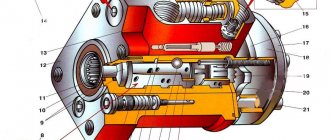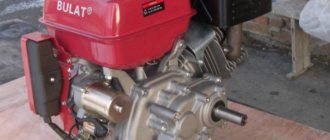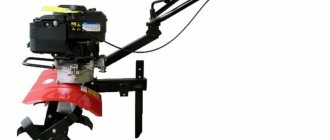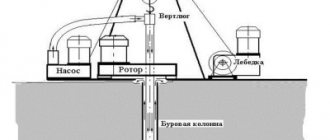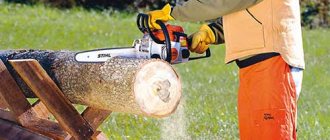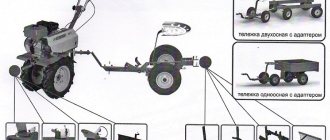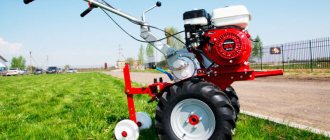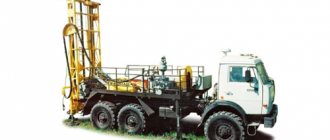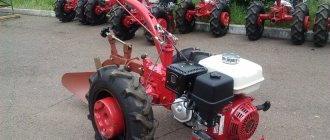Wheels for walk-behind tractor: overview of types, how to make it yourself
In most cases, before buying a walk-behind tractor, people pay special attention to the practical characteristics of the device, without being interested in the quality and features of the wheels.
This approach can hardly be called competent, because the quality and duration of operation of the equipment itself depend on these details. Since this unit is a multifunctional device, different wheels for the walk-behind tractor are offered:
- pneumatic;
- traction wheels;
- solid rubber versions;
- metal wheels with lugs.
In order to clearly understand the specifics of each type, you should consider their features in more detail.
Pneumatic
These options are perfect for frequent plowing and digging up root crops.
An important point: the width of the wheels should in no case be less than 20 cm, and the diameter – 40 cm. The aggressive tread pattern will be a huge plus. Pneumatic components contribute to the incredible stability of the unit, but if damaged they must be replaced. They are often sold as wheels for Neva walk-behind tractors.
Metal with lugs
Such wheels have a certain weight, so they have additional power.
Steel teeth “push” the unit forward and do not allow it to load even in the most clay soil. Particular attention must be paid to the support front wheel, which bears a considerable load. It helps to optimize land work and increase the endurance of the walk-behind tractor itself.
Trailer wheels have a similar classification and are selected according to the same principles. Do not forget that in the process of transporting heavy loads, low pressure is applied to the wheels of the walk-behind tractor itself, and high pressure is applied to the wheels of the cart (trailer). Therefore, in this case you need to choose the most durable options.
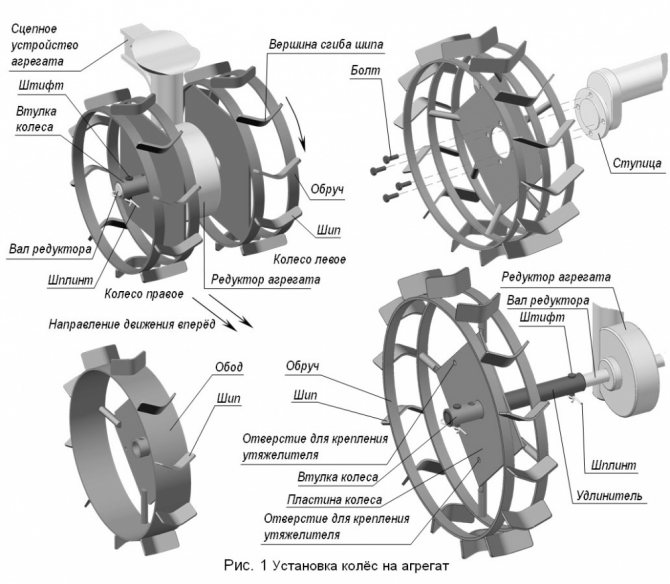
Options for power distribution mechanisms
Structurally, the simplest way to solve the problem arising from the rigid connection of the wheels is to use overrunning clutches, which allow the wheel to rotate faster than the axle driving it.
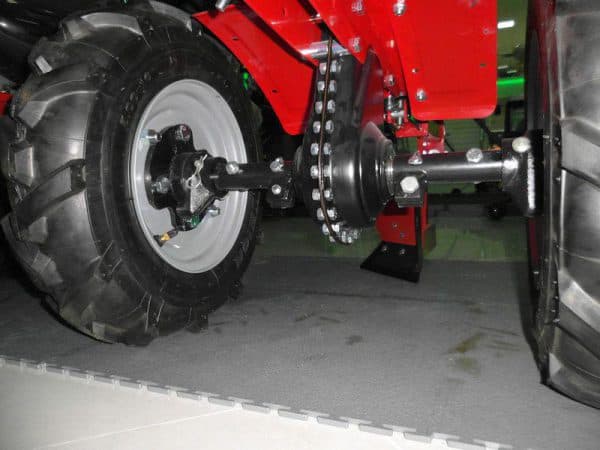
Overrunning clutches
Overrunning clutches
This mechanism is well known in all its variations: both with a ratcheting mechanism (bicycle wheel hub) and with wedging rollers (electric starter bendix).
Overrunning clutches are also used in the power drive of a number of cars with plug-in axles. However, this solution has a characteristic feature: when cornering, the overrunning clutch is disconnected on the wheel running along the outer radius, as it tends to rotate faster than the drive shaft.
To make it easier to enter a turn, on the contrary, most of the torque should be transmitted to it.
This problem is solved in the classic gear differential, which distributes power in inverse proportion to the rotational resistance of the wheels.
How to make wheels for a walk-behind tractor with your own hands?
You need to understand that it is impossible to make wheels from scratch with your own hands. It is necessary to find the basis and only then can we begin to form improved and useful devices.
Wheels from a motorcycle or car should be used as this base. You can only create a version with a lug on your own, because if wheel weights are not used so often, there is no point in purchasing new expensive products. On our website you can find a specialized article where all the features of creating lugs with your own hands are discussed in detail.
Harvesting
A walk-behind tractor is convenient not only for planting potatoes, but also for harvesting them. This is done in early autumn (September-October) in dry weather. To do this, an additional attachment is installed on the unit - a plower. Sometimes it is called a “potato digger.”
You can see how the harvest is harvested using a plower in this video
But you don't have to use it. It is enough to use a single-row hiller. He will lift the ground, and the potatoes will lie on the edge of the bed. All that remains is to go around the area and collect the ripe crop.
To avoid potato germination, after harvesting it should be placed in a dark, cool place. There it should lie for 2-3 weeks. Afterwards, the potatoes need to be sorted by size. And only after that send it to the cellar.
Planting and harvesting potatoes (video)
The walk-behind tractor helps gardeners plant potatoes quickly and efficiently, saves energy and saves time. The video below shows the entire process of planting and harvesting potatoes using a walk-behind tractor. Here it is shown and described in detail how this is done on the Neva and Salyut.
Do you use a walk-behind tractor in your garden when planting potatoes?
How to make twin wheels yourself?
A simple and even a little crude, but effective method has gained particular interest among farmers:
- First you need to find suitable wheels and tires;
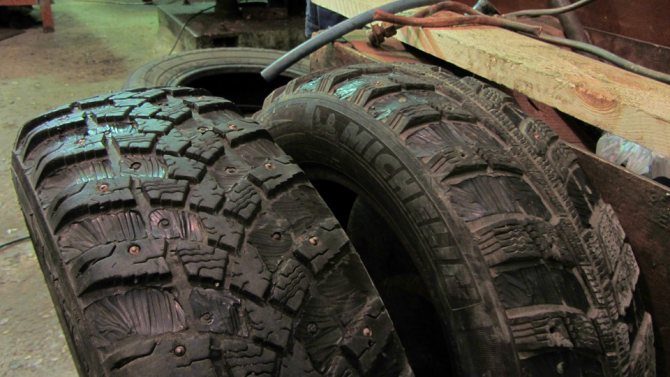
- Then it is advisable to cut small protectors on them;
- The next step is that people buy a strip of steel 5x50mm, weld squares with a side of 250mm and insert them into the rim;
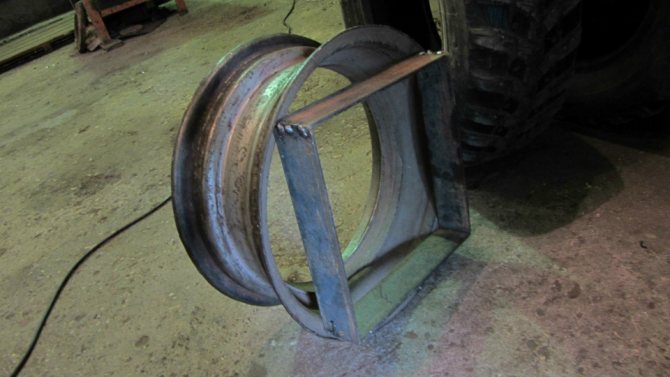
- After welding, the second wheel rim is installed and objects that look like vases are obtained;
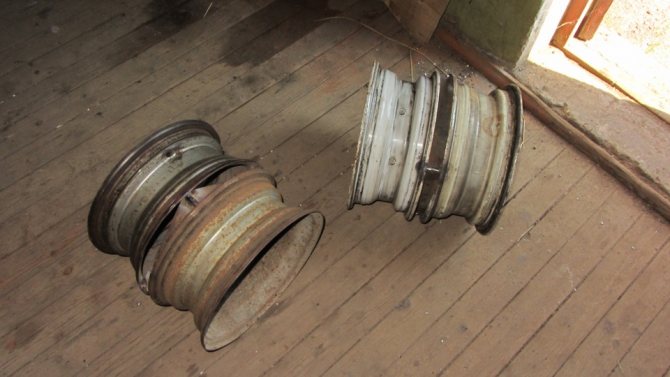
- Upon completion, tires are put on the resulting rims and the paired wheels are ready for use.
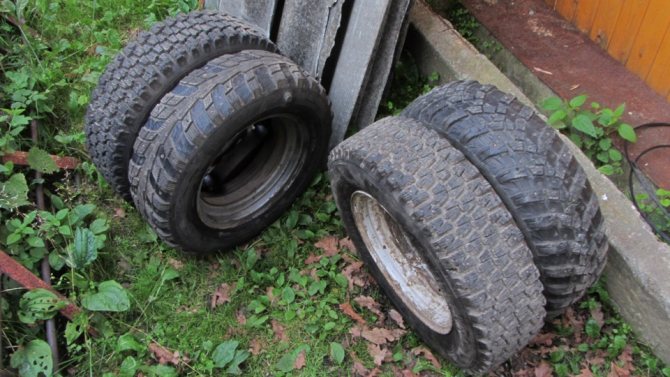
It is not difficult to obtain such useful devices; the main thing is to decide which options are needed and select all the necessary “ingredients”.
We make wheels for a walk-behind tractor with our own hands
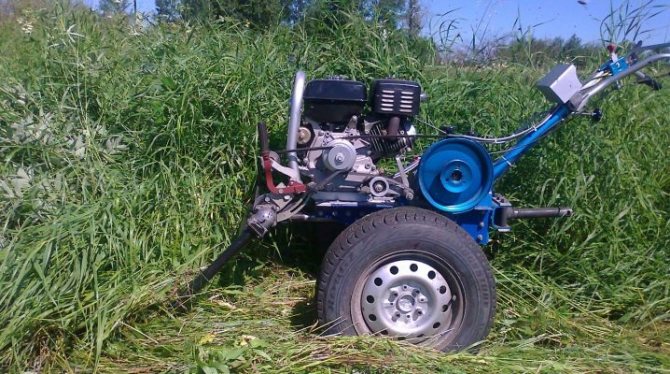
A walk-behind tractor is a technique that is familiar to most farmers. In fact, this is a mobile tractor that is used for plowing soil, planting plants or transporting goods. It is convenient in small summer cottages, where it is already difficult to do everything by hand, but a large tractor is not needed. If you are reading this article, then you either already have a walk-behind tractor or are planning to purchase one.
One of the most common questions from owners of this equipment is how to make wheels for a walk-behind tractor with your own hands? The thing is that in the standard configuration they wear out very quickly, and are also not suitable for all types of soils and terrain. Buying new ones is quite expensive, so you can resort to your own skills. In this article we will look at exactly how to do this.
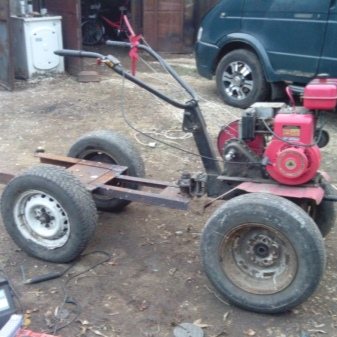
Owner reviews
Often on forums you can find discussions of numerous types of issues on the topic under consideration. If you wish, you can ask users about the available nuances when choosing a support wheel for the Neva walk-behind tractor or other elements and operating experience.
The most current reviews are:
Andrey 35 years old, Novosibirsk
“The lugs are a basic device used to ensure stable operation of the walk-behind tractor, which is why I decided not to skimp on it. I adhered to the rule: “the miser pays twice.” For this reason I purchased a plowing and hilling kit.
They differ from each other, and I would like to note that hilling with lugs intended for plowing is impossible - they are much wider. The situation is similar with the hilling device - they are thin, which is why there is a high probability of rapid failure.”
Ivan 45 years old, Nizhny Novgorod
“I had a problem with a walk-behind tractor, which often began to get stuck in the mud due to continuous heavy rains, and work had to be done. I did not have the opportunity to purchase high-quality lugs.
On the forums I was advised to wear chains - this is the best option for a temporary solution to the problem. After a while, they began to constantly tear. Now I’m thinking about making the lugs myself if possible.”
As you can see, some methods may be temporary. In any case, each farmer must start from his task and only through experimentation choose the best option for himself.
Types of wheels
First you need to figure out what types of wheels for walk-behind tractors exist. Since the equipment is used in many farming processes, the equipment varies. This also applies to pneumatic wheels, because good results and ease of use also depend on the right components. It is important to note that ordinary car wheels from Oka, Niva or Moskvich cannot be installed on the walk-behind tractor. All of the options below are larger and heavier. It would be more correct to compare them with ATV kits, although they do not always have the appropriate size.
- Pneumatic. This option can be used for arable work and for removing roots from the soil. These are large wheels in appearance, with a diameter of 40 cm and a width of 20 cm. The tread pattern must be rough for the walk-behind tractor to work well on the soil. Often this option comes as standard and is famous for its wear resistance. However, if they become unusable, you should immediately look for a replacement.
ICE-based technology
Homemade products with installed internal combustion engines have greater power and functionality compared to their electric counterparts. This allows you to significantly expand the scope of their use. Attachments in the form of a plow, flat cutter, cultivator, rake are easily mounted on the frame bracket. The unit can also be easily transformed into a roller skating rink or a home mini-tractor.
Having asked the question “how to make a homemade walk-behind tractor,” first of all you need to understand its structure. To assemble a homemade motor cultivator with your own hands, you first need an engine, transmission and reduction gearbox.
For assembly work, you will need a standard set of tools: a set of wrenches, a drill, an angle grinder, a welding machine, and when assembling more complex and load-lifting machines, also turning and milling of some components.
https://youtube.com/watch?v=1KWv0b94BIc
Chainsaw cultivator
Perhaps the best option when making a homemade motor cultivator is to use a chainsaw engine to create it. The advantages here are the performance and power of the unit, undemanding fuel requirements, light weight and compactness. And there won’t be any particular difficulties with the components when assembling it. Everything you need can be found at the car market or flea markets.
General diagram of the walk-behind tractor:
- the walk-behind tractor frame is made in the form of a diamond from a metal corner measuring 3200x3200x3200 mm;
- the engine is mounted on the cross members from above, the gas tank, as a rule, is mounted slightly below;
- the intermediate shaft supports are attached to the front struts;
- The running shaft supports are installed on the longitudinal ribs
To regulate the speed, the original gearbox is used; motorcycle sprockets (main and intermediate) are also used, the number of teeth of which is selected taking into account the required power output. The working tools of the unit are made in the form of wheels with knives and can perform the function of a trimmer, a rotary cutter or a rotary hoe.
As an alternative, you can use the engine from a lawn mower, which is similar in its characteristics to the drive of a chain saw.
Motoblock from a motorcycle
Often, old motorcycles can rust for years in garages and sheds, but they can easily find a second life. Motorcycle engines are great for creating a DIY power tiller, but the most commonly used engines are two-stroke engines from older models, as well as from scooters. But recently, motors from scooters or mopeds have also begun to be actively used, giving broken equipment a second life through conversion.
There are several types of transmission:
- gear - the most common and easy to install;
- combined (gear-worm gear);
- chain-belt, toothed;
- hydraulic gearbox is a type of transmission that is gaining popularity, but is the most expensive compared to a mechanical one.
Possible schemes
A frame of the required size is welded from a corner, to which an engine with a fuel supply system and a gas tank is attached. The transmission of torque from the gearbox, which reduces the speed, to the wheels is carried out through a chain. In this case, you can use a bridge from a donor motorcycle mounted on a wheel axle. All controls are transferred to the steering wheel of the unit.
When designing heavier equipment, a standard ZID-5 engine or its other modifications are used, which were previously widely used on various units. It is paired with a Zaporozhets gearbox and a lightweight drive axle.
